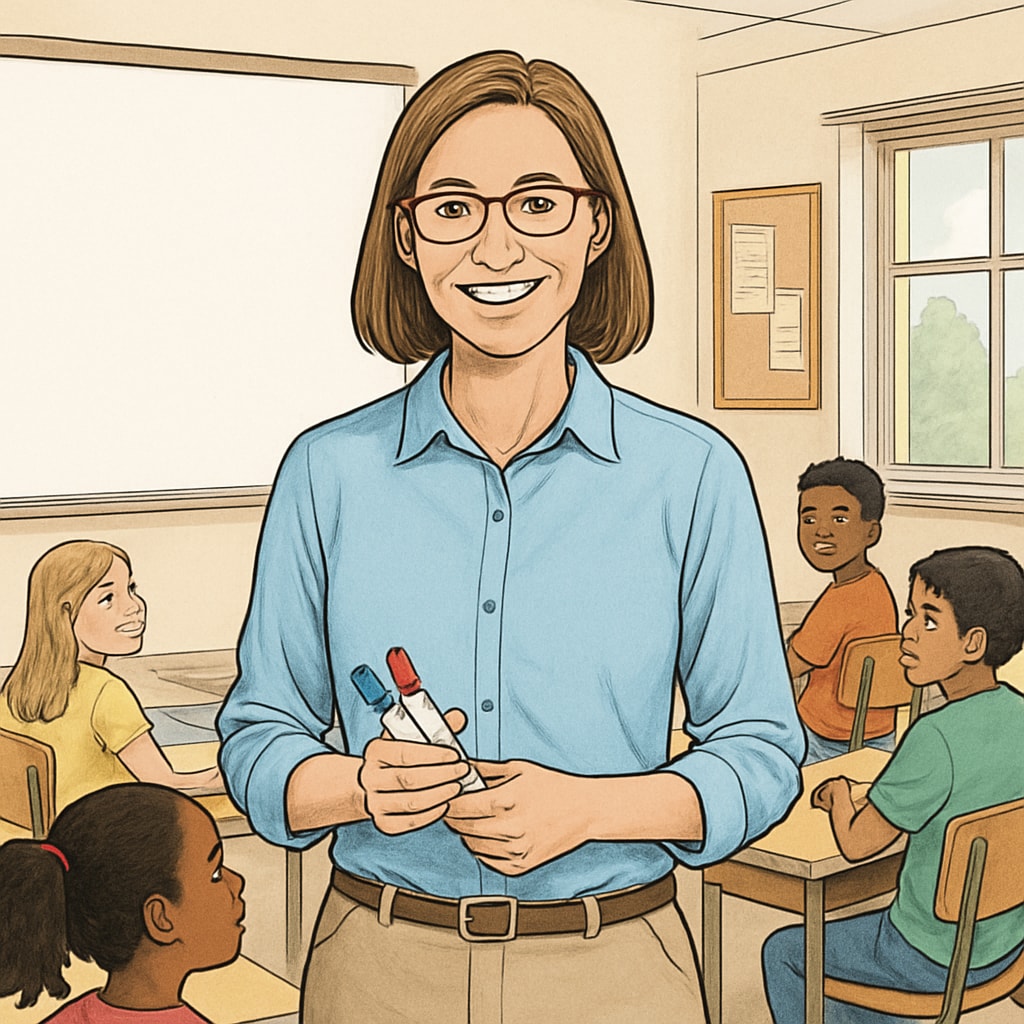In an era where budgets for education are often stretched thin, the importance of supporting teachers, classroom donations, and teaching materials cannot be overstated. Many teachers find themselves dipping into their own pockets to purchase essential items like whiteboard markers, notebooks, and art supplies. These small yet vital tools enable them to create engaging, well-rounded learning experiences for their students. But what if the community could step in to alleviate this burden? By contributing even the smallest classroom items, such as a pack of whiteboard markers, we can collectively make a profound difference in education.
Why Teachers Need Our Support
Teachers are the backbone of any society, shaping future generations through education. However, according to a 2022 report by the National Center for Education Statistics, nearly 94% of teachers in the United States spend their own money on classroom supplies. These expenses, while essential, can add up to hundreds of dollars annually. For teachers in underfunded schools, the financial strain is even greater.
For example, basic teaching materials like whiteboard markers might seem insignificant, but they are indispensable for everyday instruction. Without these tools, lessons become harder to deliver, and student engagement may suffer. A simple donation of teaching materials can therefore have a ripple effect, improving the quality of education while showing teachers they are valued and supported.

How Small Donations Create Big Impacts
When people think of supporting schools, they often envision large-scale initiatives like building new facilities or funding advanced technology. While these efforts are important, small gestures can be equally impactful. Something as simple as a box of markers or a ream of paper can:
- Ensure teachers have the tools they need to deliver effective lessons.
- Reduce the financial burden on educators, allowing them to focus on teaching.
- Create a positive classroom environment where students feel equipped to learn.
For example, a teacher equipped with a variety of colored whiteboard markers can create visually engaging diagrams and notes, which help students better retain information. Similarly, art supplies can foster creativity and hands-on learning, especially for younger students.

How You Can Contribute
Getting involved in classroom donations is easier than you might think. Here are some actionable steps to make a difference:
- Contact Local Schools: Reach out to nearby schools or teachers to ask about their specific needs. Many educators maintain wish lists for essential items.
- Donate Supplies: Focus on high-demand materials like whiteboard markers, notebooks, glue sticks, or tissues. Even small contributions can go a long way.
- Organize a Community Drive: Collaborate with neighbors, coworkers, or local businesses to collect donations for schools in need.
- Contribute Financially: If you prefer, donate to organizations that specialize in providing classroom supplies for underfunded schools, such as DonorsChoose or AdoptAClassroom.org.
Additionally, many schools and non-profits now offer online platforms where you can directly fund specific requests. For instance, a teacher might post a need for whiteboard markers, and donors can contribute to fulfill that exact requirement.
The Long-Term Benefits of Supporting Education
When teachers have access to the resources they need, the entire community benefits. Students learn more effectively, parents see better academic outcomes, and teachers feel a renewed sense of purpose and motivation. Over time, these improvements contribute to a stronger, more educated society.
Furthermore, acts of generosity inspire others to give. A small donation can spark a chain reaction, encouraging community members to come together in support of local schools. As a result, classrooms become spaces of growth, creativity, and opportunity for everyone involved.
In conclusion, supporting teachers, classroom donations, and teaching materials is a powerful way to invest in the future. Whether you donate a pack of whiteboard markers or organize a larger community effort, your contributions can make a meaningful difference. Remember, no act of kindness is too small—sometimes, the simplest gifts have the greatest impact.
Readability guidance: This article uses short paragraphs and clear lists to ensure accessibility. Transition words like “for example,” “in addition,” and “as a result” are used to maintain flow. Long sentences and passive voice are minimized for better readability.


